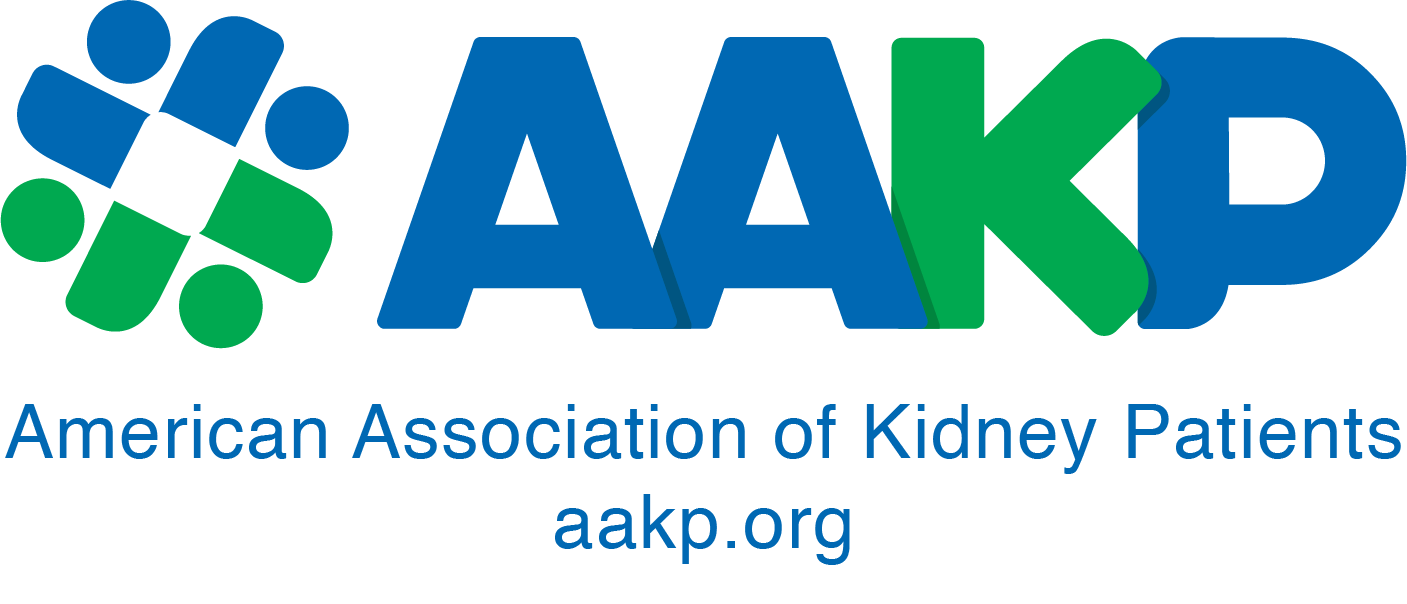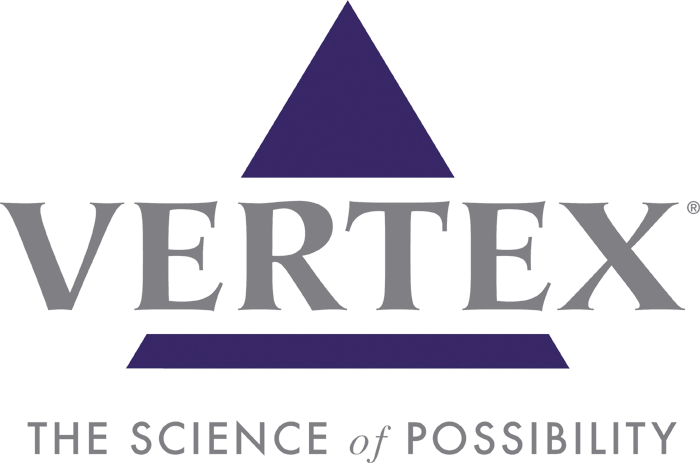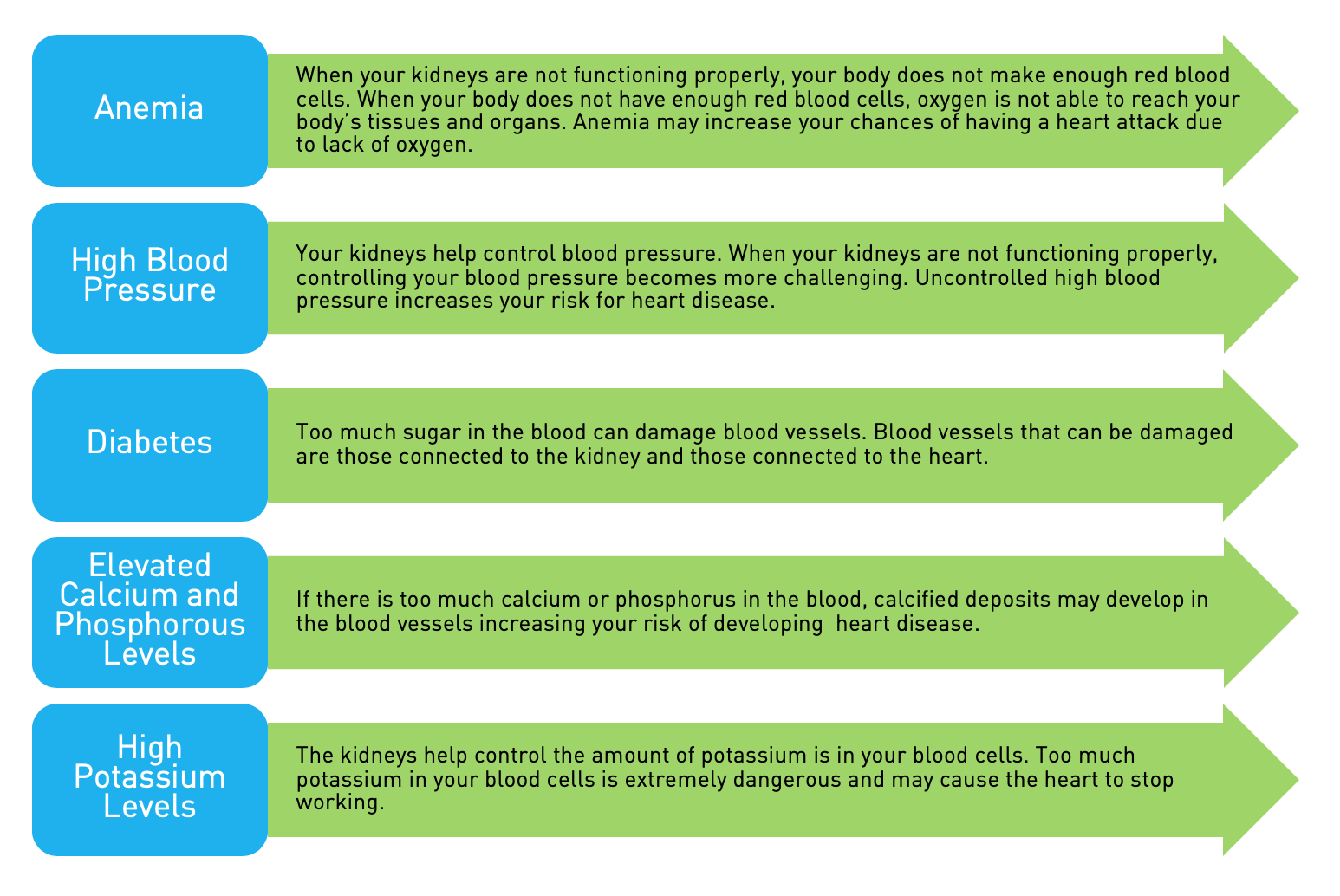Normal kidneys perform important functions such as regulation of body fluid volume, removal of metabolic waste products, discharge of toxins, regulation of blood pressure and the production of various hormones. Patients with end stage renal disease (ESRD) cannot effectively perform these functions. Renal replacement therapy (RRT) artificially performs two major functions – ‘cleaning’ the blood and regulation of fluid status. RRT can be performed by one of two methods – hemodialysis (HD) and peritoneal dialysis (PD).
The most commonly used method of renal replacement in the United States is in-center thrice weekly hemodialysis. With this method, patients undergo hemodialysis three times a week for 3-4 hours per session under the supervision of trained health care workers. However, studies have consistently shown that this method does not match normal kidney function well enough. Extended periods of dialysis or more frequent dialysis sessions have been shown to be associated with fewer deaths. Since longer dialysis sessions may last from 6-10 hours, nocturnal sessions are preferred as they free up patients for other activities during the day. When performed at home, there is the added advantage of the increased flexibility in patients’ daily schedules. Both modalities when performed at home require enough space to store equipment and supplies and both need to be performed in clean and hygienic environments to prevent infection.
Between hemodialysis and peritoneal dialysis, some patients may be better suited for one method as compared to the other. In many cases however, the choice is left to the patient. Here we discuss the relative differences in technique and the risks verses benefits of each modality.
A. Access point:
Nocturnal hemodialysis: Hemodialysis requires running blood through an artificial kidney. Therefore, an ‘access’ needs to be created to remove blood from and return blood to the body. The access methods include:
a. Temporary catheters: A plastic catheter is surgically placed into a large vein in the neck, chest or groin. If kept for long periods of time, they may be complicated by blood clots and blood stream infections. Usually kept until a permanent access is established.
b. Permanent arterio-venous (AV) fistulas: AV fistulas are created by surgically connecting an artery to a vein. These need to ‘mature’ over three months before they can be used for access. AV fistulas can be complicated by post-surgical infections, blood clots and bleeding.
c. Grafts: Grafts involve using an artificial tube to surgically connect an artery to a vein. These need to heal over 3 to 6 weeks before they can be used for dialysis access. Grafts can be complicated by post-surgical infections, blood clots and bleeding.
Nocturnal Peritoneal Dialysis: Peritoneal dialysis requires dialysate to be placed into the abdominal cavity. This is done through a catheter that is surgically placed into the abdominal cavity. Peritoneal catheters may be complicated by infection at the catheter insertion site and peritonitis (an infection of the abdominal cavity).
B. The Procedure:
Nocturnal hemodialysis: Blood is run through an artificial kidney where it interacts with dialysate fluid across a man-made membrane. The composition of the dialysate fluid is such that toxins and waste products move from the blood into the dialysate fluid. This interaction also regulates the electrolyte composition of blood, restoring it to more normal levels. ‘Cleaned’ blood is then returned to the body. Nocturnal dialysis may be administered at either a center or the patient’s home.
Advantages as compared to PD:
• Once the permanent access is created, there is no need for a permanent catheter.
• Reduced incidence of weight gain and problems with blood sugar control.
Disadvantages as compared to PD:
• As the blood stream needs to be accessed, two needle sticks are required at every session
• May be complicated by bleeding or blood stream infections.
• Requires the use of blood thinners.
• Difficulty sleeping while attached to a dialysis machine.
• Frequent disruption of sleep due to monitoring of blood pressure and other parameters
• Accidental disconnection from the machine
A. In center nocturnal hemodialysis:
Depending on individual needs, in-center nocturnal hemodialysis is administered at the dialysis center as 8-10 hour sessions under the supervision of trained health care professionals. A typical session begins in the late evening and goes into the early morning. The patient can bring dinner, read, watch television, sleep or carry on any other activity that they can do while attached to a dialysis machine. Sessions are concluded in the early morning and the patient’s day is effectively freed up for other activities.
Advantages as compared to home nocturnal HD:
• Sessions are conducted under medical supervision thereby ensuring that complications, if any, are recognized and dealt with immediately.
• No patient training required.
Disadvantages as compared to home nocturnal HD:
• Patients have to sleep over at the dialysis center.
• Require a reliable mode of transportation to and from the dialysis center
B. Home nocturnal hemodialysis:
Depending on individual needs, home nocturnal hemodialysis is administered in the patients home as 5-6 hour sessions, for 5/6 days a week, either by the patient himself or a partner. Dialysis sessions are remotely monitored over an internet connection by a centrally located unit. Complications, if any, are recognized by the staff at this unit and the patient is alerted by a phone call.
Advantages:
• Sessions are administered in the comfort of the patient’s own home. Therefore, there is no need to arrange for transportation.
• Supplies for HD are delivered to the home.
• Patients have more flexible schedules as they do not have to be at a dialysis center at a given time.
Disadvantages:
• Although remotely monitored, if complications occur, there is a delayed response time depending on logistical variables.
• Requires a training period of 6-8 weeks.
Nocturnal Peritoneal Dialysis: Dialysate fluid is placed into the abdomen. Blood contained within blood vessels lining the abdomen interacts with the fluid across the peritoneum, the natural membrane that lines the abdomen. Here again, the make-up of the dialysate fluid is such that toxins and waste products move from the blood into the dialysate fluid. The ‘impure or not clean’ dialysate is then removed, replaced with fresh dialysate and the process is repeated several times over. PD is usually performed in the home.
Peritoneal dialysis can be done either by continuous ambulatory peritoneal dialysis (CAPD) or nocturnal peritoneal dialysis. CAPD involves 2-5 fluid exchanges which are done manually during the day. Nocturnal PD is done at night using a machine called a cycler. Large bags of the dialysate are hung next to the bed connected to the cycler and to the PD catheter. The cycler performs 3-5 fluid exchanges while the patient sleeps, over an 8-10 hour period. Depending on individual needs, patients may leave their abdomen empty during the day. Others may have to perform an exchange during the day.
Advantages as compared to HD:
• The blood stream is not accessed therefore there is a reduced risk of bleeding and blood stream infections.
• Reduced risk of accidental disconnection
• Training patients is relatively easy. Even small children and persons with disabilities have been trained to administer hemodialysis.
Disadvantages as compared to HD:
• The peritoneal catheter needs to remain in place throughout the period that the patient is on PD. When not in use, the catheter remains taped to the patient’s skin, covered by clothing.
• Peritoneal dialysate solutions contain glucose (in the form of dextrose). This may result in problems with sugar control (especially in diabetics) and weight gain.
• If the patient needs to perform additional manual exchanges during the day, he/she may need to carry fluid in the abdomen during the day. This is not acceptable to some patients.
• Peritoneal catheters may be complicated by catheter infections. Peritonitis, an infection of the abdominal cavity, is another likely complication.
• May not be a viable option in patients who have had previous abdominal surgeries.
C. Dietary changes:
Patients with ESRD need to follow a strict diet to offset the effect of reduced kidney function. Patient on HD and PD need to increase their intake of protein and limit fluids, sodium, potassium and phosphorus. With daily dialysis, the dietary restrictions are not as strict as in patients on alternate day dialysis. The dietary restrictions remain the same for patients on both HD and PD.
























